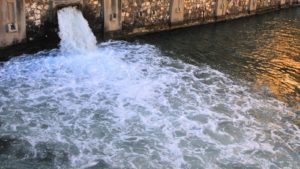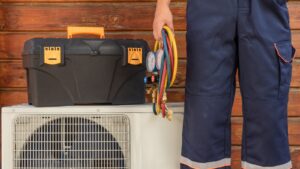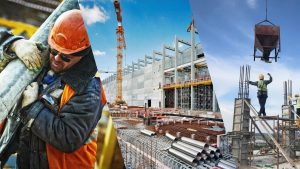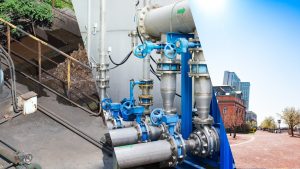Water loss has been a significant challenge around the world for decades. Australia is no exception in that sense. With a highly low rate of rainfall and unpredictable climate changes, Australia is a country that needs to take precautions in this matter. Water loss has vivid parts. One of the most ‘talked-about’ categories is undoubtedly ‘non-revenue’ water loss. Though this is a rising issue for the Australian water realm, it can be solved with the right strategies.
What exactly is ‘non-revenue water loss’? What are the other challenges interwoven with this? How can Australia find the right solutions to address these challenges in today’s technologically dynamic landscape? Let us explain everything in this article.
We will know
What is 'Non-Revenue Water Loss'?
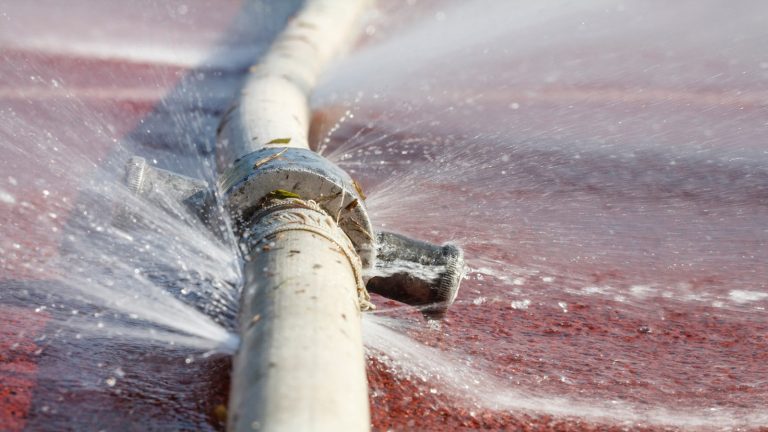
- Before we begin, let us briefly explain the true meaning of non-revenue water loss.
- We know that water utilities produce water and bear a lot of expenses for its collection, treatment, and distribution. When it is released for industrial consumers, they tend to make money out of it at the end of the chain.
- However, when it comes to non-revenue water loss, it refers to the volume of treated water that is lost before reaching end consumers or generating revenue for the water utility. This refers to water that has been generated but is lost before it is consumed by the end user. It was practically not invoiced for any water bill.
- But how does this occur? Physical losses from leaks, bursts, and theft, as well as apparent losses from metre inaccuracies and unauthorised consumption, are among the key reasons for non-revenue water loss.
- Can you guess the worst part? In the context of a country’s water utility, non-revenue water represents a significant challenge as it not only leads to financial losses but also strains water resources and infrastructure.
- Now, if we look into some worldwide statistics, it is indeed a surprise that 25% of all water supplied into the network is never paid for. A portion of this non-revenue water is utilised by the providers for their own purposes, such as cleaning pipelines and related duties, while another portion is donated to non-profit uses like fighting fires. But the majority of it is wasted due to leaks in the pipes.
- Some of the main reasons for NRW range from improper management of water distribution systems, no public awareness regarding the NRW or no proper regulations restricting the loss, and frequent employment of low-quality infrastructure elements such as pipes, joints, valves, etc.
- According to the records of the Bureau of Meteorology in Australia, the non-revenue water loss in the past five years is about 878,027 ML.
- This is why addressing non-revenue water losses is crucial for ensuring the sustainability and efficiency of water supply systems. These efforts not only maximise revenue generation but also help conserve water resources and maintain the reliability of water services for communities.
The Top 4 Technological Answers to Address Non-Revenue Water Losses
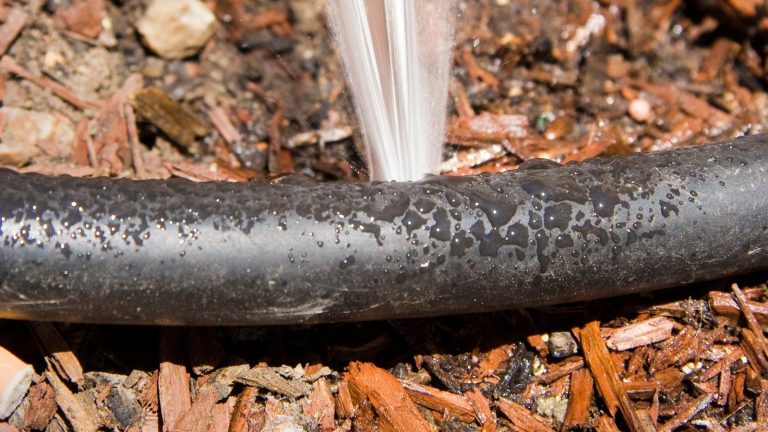
Smart Metering and IoT
The use of IoT and smart metering technology to provide real-time monitoring, detection, and management capabilities can transform efforts to stop non-revenue water loss by a significant amount.
Smart metres equipped with IoT sensors can continuously track water flow rates and detect anomalies indicative of leaks or unauthorised usage in the first place. Plus, its streaming data technology transmits these gathered data sets to centralised systems for further analysis.
That is where they meet with advanced analytics algorithms, and they can then identify areas with potential water losses. This understanding helps utilities promptly investigate and address issues before they escalate into many bigger issues in the future.
It is unnecessary to say that IoT devices can facilitate remote valve control and pressure management. This power allows utilities to optimise system operations and minimise leakage risks.
If the water utilities opt for such advanced technologies as Smart Metering and IoT, they can achieve proactive leak detection capacity for sure. This leads to reduced response times for repairs, enhances operational efficiency, conserves water resources, and ultimately mitigates non-revenue water losses. The ultimate benefit is financial savings and improved service delivery for consumers.
Leak Detection Technologies
Pipe and valve leaks are the number one culprit behind NRW in Australia. This is why the water industry tends to find robust solutions to keep a safe distance from this challenge.
This is where leak detection technologies offer a proactive approach to combating non-revenue water loss. It encourages water utilities to swiftly identify and address leaks within their distribution networks.
This is not just one technology or tool. It is a whole smart network. These technologies contain a range of innovative tools, such as sensors, satellite imagery, and drones.
For example, sensors can detect the unique sound frequencies emitted by leaks, allowing technicians to pinpoint their precise location underground. Satellite imagery can provide comprehensive coverage of large-scale distribution networks, helping utilities identify potential leaks from above.
On the other hand, drones equipped with thermal imaging cameras can conduct aerial inspections of pipelines. This detects temperature variations caused by leaks.
Deploying all these technologies to prevent NRW can be complex, but it covers all areas for sure.
Data Analytics and Predictive Modeling
Another sophisticated technology that has revolutionised the water world is Data Analytics and Predictive Modeling for sure. You know that their synergy can offer a powerful solution to combat non-revenue water loss by leveraging historical consumption data, system parameters, and external factors to predict and prevent leaks.
Utilities are able to find spots with variations indicative of leaks or unapproved consumption by examining patterns and anomalies in water consumption data.
If we further elaborate on this, predictive modelling techniques can forecast potential leak locations and probabilities based on various factors such as pipe age, material, and environmental conditions. Authorities can create comprehensive models to prioritise intervention and maintenance plans by combining data from GIS mapping systems, pressure sensors, and smart metres.
The obvious result is that this real-time data monitoring allows for proactive leak detection and timely response, which minimises water loss and infrastructure damage.
Asset Management and Rehabilitation
Assets that are not up to quality standards pose a huge challenge when preventing NRW in Australia. This is where asset management and its rehabilitation become crucial, and it helps prioritise the maintenance, repair, and replacement of ageing and deteriorating infrastructure within water distribution networks on time.
Through comprehensive asset management strategies, utilities can assess the condition of pipelines, valves, and other components, identifying areas prone to leaks and inefficiencies. This can be done differently. When some authorities opt for manual asset management, some go with robust technologies for that, considering the cost and time savings.
By implementing proactive maintenance schedules and rehabilitation programmes, utilities can prevent leaks and mitigate water losses caused by deteriorating infrastructure. When you opt for a robust software solution, it gives you centralised management insights over each asset.
This includes initiatives such as pipe relining, rehabilitation of ageing pipes, and replacement of faulty valves and fittings.
Way to Unshaken Water Supply Context
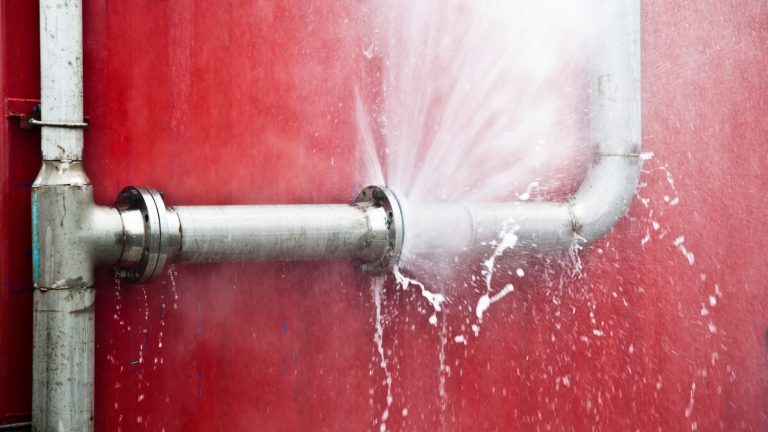
It is undoubtedly important for Australian water utilities to maintain an unshaken water supply for their growing population. When the water they produce is not billed, it will end up becoming a financial burden for the entire economy of the country. If the right solutions are offered, this can be greatly prevented. However, the reliability of the software partner is an essential part of the purchase.

